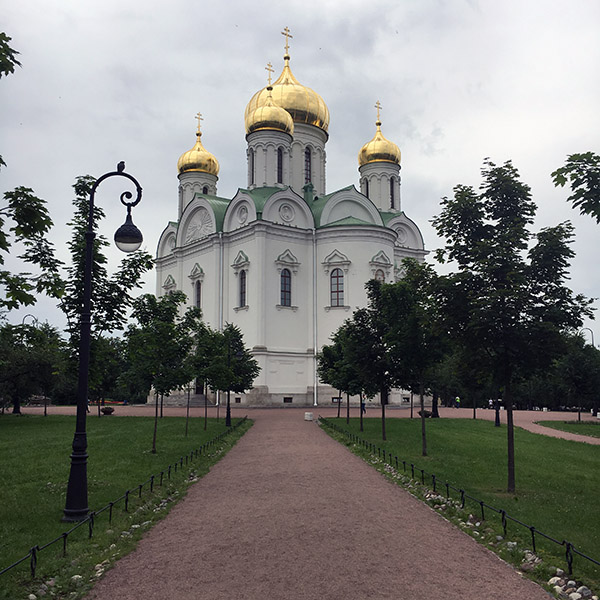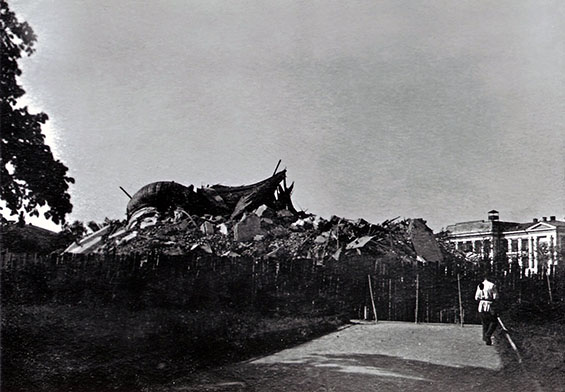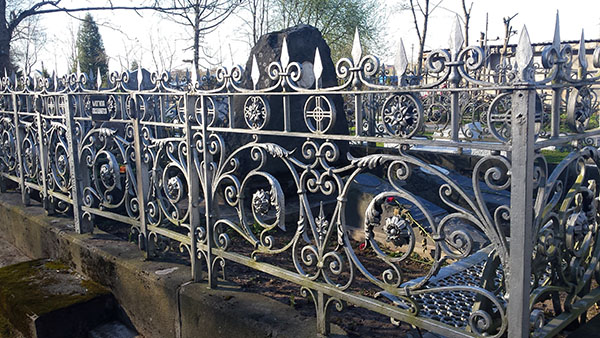
photo credit T. Windsor
A short memoir by Tatyana Windsor
In the Soviet time, when I lived in one of Saint-Petersburg’s (then Leningrad’s) suburbs -- Pushkin, its city-center had a little square-park with a monument of Vladimir Lenin in the middle of it – a very prominent place for Soviet celebrations of all kinds. Several years ago, when I resumed my trips to Russia, I discovered that Lenin’s monument was gone and a beautiful cathedral (of St. Catherine) had begun emerging in its place. In the summer of 2016, I saw that they opened a museum in the cathedral’s basement where I learned interesting facts about the cathedral's history.
The cathedral was founded in 1835 by personal order of the emperor Nicholas I who had happened to see the sketches of the St. Petersburg architect Konstantin Andreevich Ton (1794-1881). Ton's Byzantine-revival architectural style appealed to Nicholas so much that he immediately commissioned two cathedrals: one of St. Catherine in Pushkin (then Tsarskoe Selo) and another of Christ the Savior in Moscow.
Unfortunately, in 1937, just like many others (including the Cathedral of Christ the Savior in Moscow), the cathedral was plundered and blown to pieces.

photo credit Wikimedia
The Bolsheviks did not find a better solution than to construct on top of this holy place a monument to the greatest Antichrist of the entire Russian history - Vladimir Lenin. In the middle of the 1990s, after the fall of the Soviet regime, conversations about removing Lenin’s monument emerged, but the local government was reluctant to undertake any firm action. So, in 2004, residents of Pushkin armed with heavy winches took the initiative in their hands and brought the monument down (it was not as fortunate as some other Lenin’s such as those on the Moscow Prospect and near the Finland train station - they are still there!). Not only did the residents take care of Lenin, they also voted to rebuild a cathedral and even collected money for its construction - it was rebuilt with one hundred percent charity donations. The cathedral’s museum has a very thick book on display with the names of all contributors, including my mother. So, fortunately, history repeated itself in a positive way.

photo credit Wikimedia
Now for the most intriguing part of the entire story. The engineer in charge of the cathedral's 1939 demolition died two months later during the detonation of another cathedral. Years after, someone noticed that the fence around his grave was made of the remaining pieces from St. Catherine cathedral's altar enclosure. What an ironic way for somebody to be eternally reminded of his sins!
Some recommended online resources